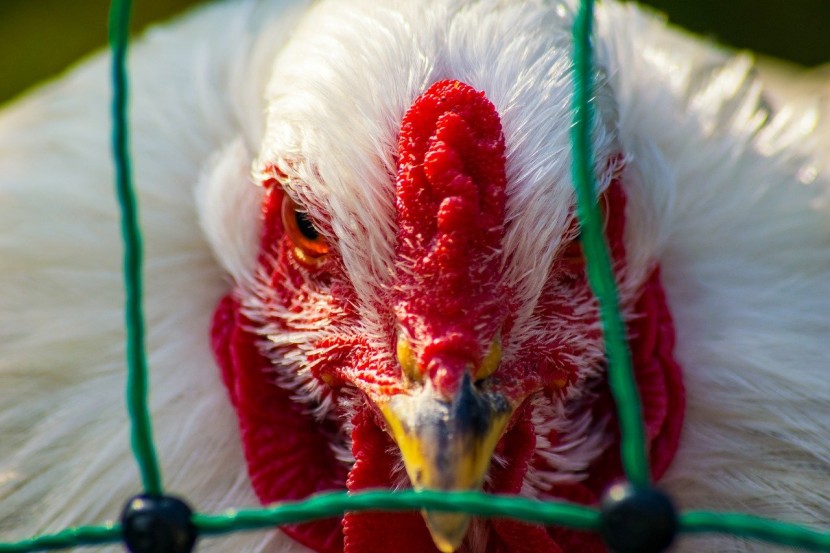
With the 2019 Novel Corona Virus (nCoV) still shaking China, another highly pathogenic virus has struck the country as a strain of H5N1 Bird Flu hits Hunan Province, according to the Ministry of Agriculture and Rural Affairs of China.
Not far from the ground zero of nCoV, 4500 chickens reportedly died out of the 7850 chickens in a farm in Shuangqing district of Shaoyang city, where the outbreak happened. In response to the avian flu outbreak, 17,828 were culled by the Chinese government to prevent further spread of the virus.
According to the United States Geological Survey, the strain of H5N1 in Hunan is deemed highly pathogenic because of its ability to kill birds. In this case, the high morbidity rate in chickens and whether it is "low pathogenic" or "highly pathogenic" is not based on how infectious it is to humans, mammals, and other bird species.
However, the USGS stressed that most strains of avian flu cause only a few signs of disease in infected birds but are not highly pathogenic. Per World Heath Organization (WHO), H5N1 is a type of influenza virus that causes a highly infectious severe respiratory disease in birds, thus called avian influenza or bird flu.
WHO also added that although H5N1 is rare in humans, it can still infect people through a contaminated environment or contact with dead fowls. Also, person to person infection is unusual, and the virus does not affect humans easily. WHO also stressed that there is no evidence that the virus can spread to people through food as long as it is prepared properly and cooked thoroughly.
Per US Centres for Disease Control and Prevention (CDC), most human cases of birds fly occur after prolonged exposure to infected birds. The H5N1 Bird Flu is said to be deadlier to humans who contract it with a recorded mortality rate of more than 50% compared to Severe Acute Respiratory Syndrome (SARS) which has a mortality rate of 10%, and only 2% of those infected with nCov has died since the current outbreak in Wuhan. However, no human case has been recorded in Hunan.
WHO has reported 861 human cases of Avian Influenza worldwide from which 455 died from 2003 to 2009; whilst 31 has died in the 53 cases of human H5N1 bird flu infections in China in the past 16 years. The first case of H5N1 Bird Flu was recorded in China back in 1996 and was found in geese. The disease was deadly to poultry and is contagious to human.
As of the moment, Chinese authorities are still juggling between the coronavirus and H5N1 outbreak, which occur in cities within close proximity. This stretches the available yet almost strained medical resources needed to combat these epidemics.
So far, the dreaded coronavirus has taken more than 300 lives and has 14000 people ill within China. As of writing, there are two reported deaths outside the country and 140 cases have been reported overseas.
In neighboring countries, there have been a temporary ban on flights from China in order to control the spread of the diseases, particularly nCoV, which in some cases are asymptomatic.
© 2026 HNGN, All rights reserved. Do not reproduce without permission.








